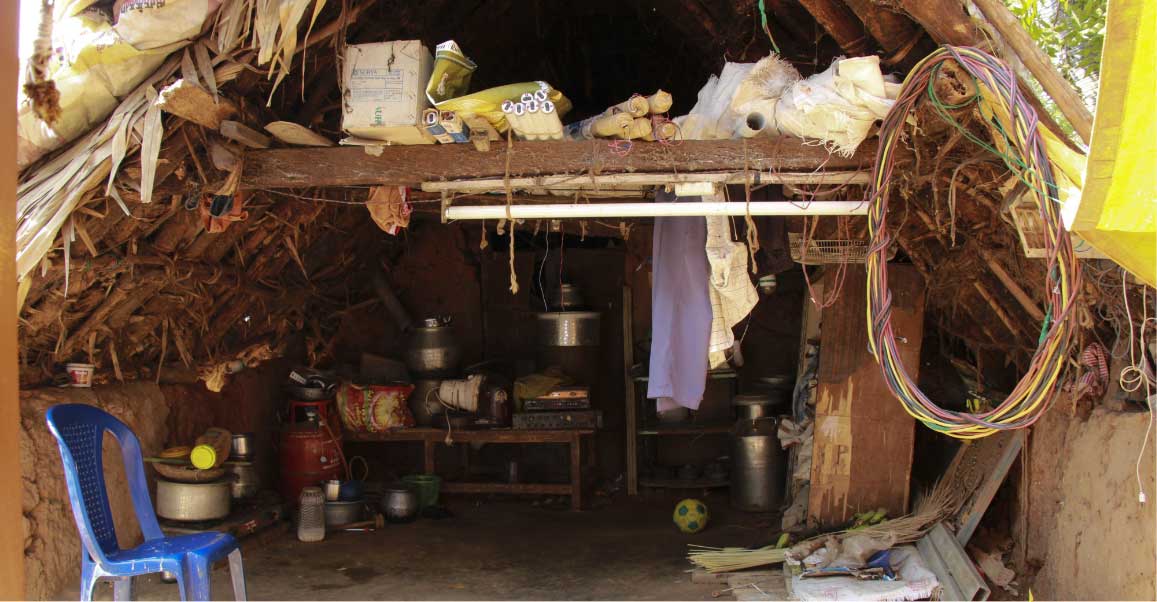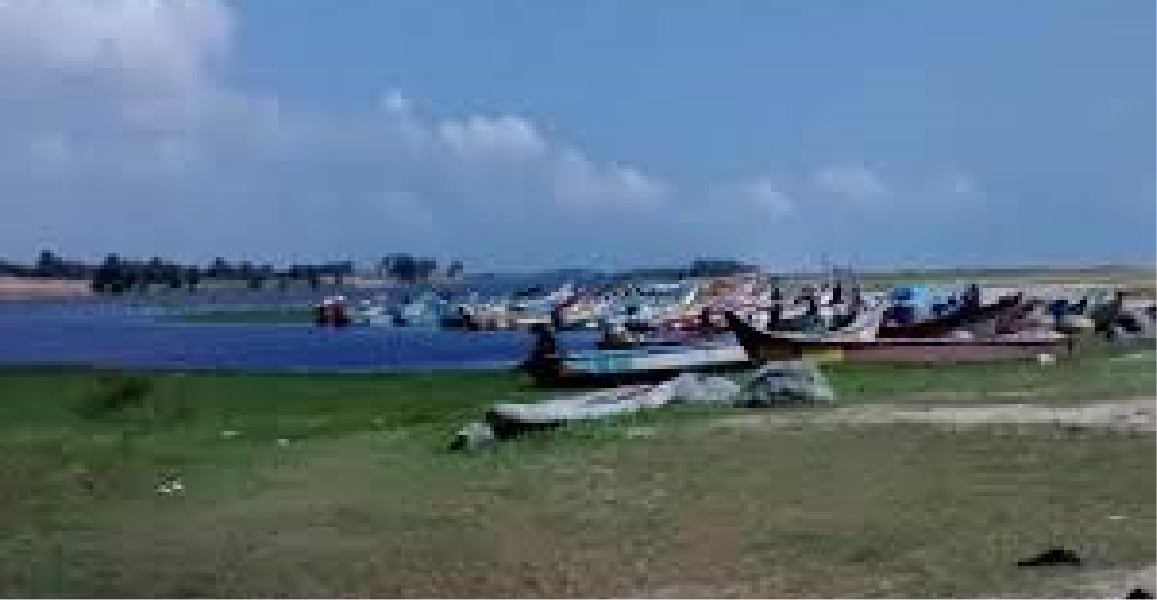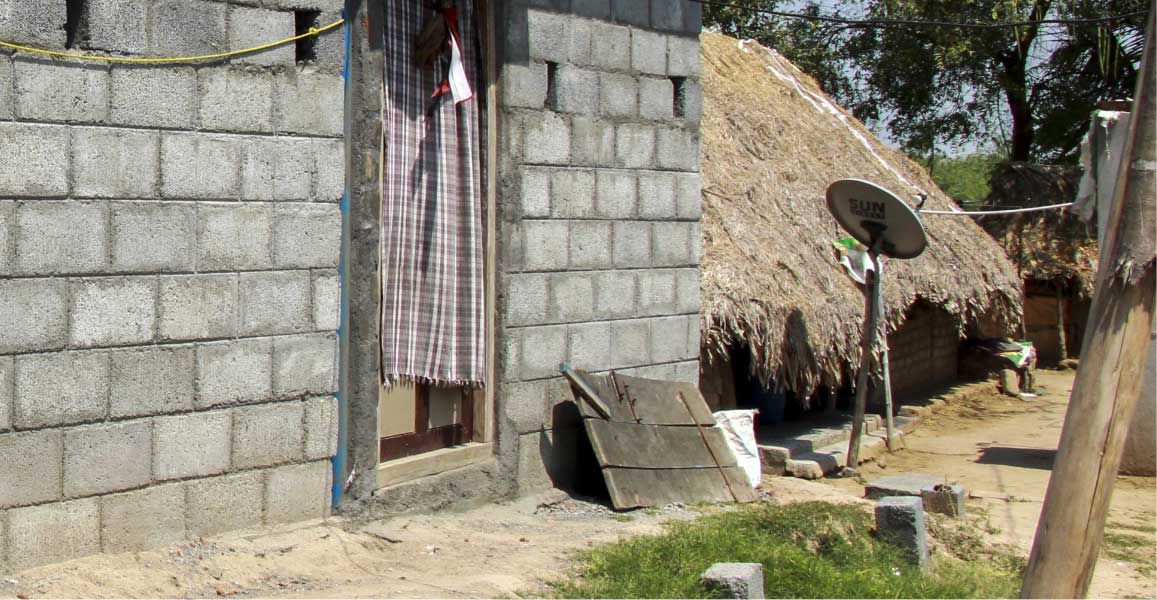In 2015, most of Tamil Nadu, India was ravaged by floods that were linked to climate change and global warming. The floods took away homes and lives along with them. Here’s how a village got back its homes and lives were rebuilt.
December is when the world celebrates Christmas. In Cheyyur village in Kancheepuram district of Tamil Nadu, however, December brings back memories of loss and helplessness. Govindan’s family who live in this tiny village dread this time of the year. Back in 2015 was when Govindan’s village was almost swept away by devastating floods. When the waters receded, Govindan had lost not just his belongings, but his entire home was washed away.
Govindan was homeless. The whole of Cheyyur was homeless.

Climate change and Homelessness
World over, climate change is leading the way to several natural disasters that affect local communities. As we write this, many lives are lost and huge populations rendered homeless with unseasonal floods and droughts. Homes are said to be one of the building blocks of the economy, and also a basic need of mankind. When Cheyyur lost its homes to the ravaging floods, it was a challenge for the community to stand back on its legs.

A rather worrying trend observed in India was that floods were the most common type of disaster between 2000 and 2014.


How Cheyyur limped back to life
Cheyyur is largely inhabited by the Scheduled Castes and Tribes, a backward part of society. Govindan’s family was one amongst the 100 flood-affected victims who had lost everything to the devastating floods of December 2015. His family of four had no choice but to live out of a make-shift thatched hut.
After the floods, Govindan’s family resigned to sleeping on moist ground. He remembers, “my son was bitten by a snake and we had to rush him to the hospital at 1 am. He survived, but we had to stay awake through many such rainy nights, as the thatched hut and moist floor didn’t do much for us”.
As he tells his story, Govindan’s voice resonated the pain and uncertainty of life. His multiple, unstable professions as a farm labourer, an electrician and manufacturer of Goli Soda (local beverage), show despondency. Around his home, one can’t miss the bottle vending machine — vestiges of one of his failed professions — rusting under a tree, muffled in a blanket of cobwebs.
Finally, Cheyyur gets solid housing
It took two years for Govindan and the rest of Cheyyur to have a roof above their heads.
Today life has gradually shifted to normalcy for Govindan and family. He has found work as a daily wage worker, but he is glad to come home a sturdy roof!
The floods of December 2015 had changed the story of many such families, whose houses were inundated. These dwelling units have paved the way economic growth in pockets of the country like Cheyyur.
Our Village uplifts may be a small stepping stones but these efforts do bring a huge amount of hope to the rural underprivileged. Take this other story of a village which was transformed by its women folk.

For this project, we had partnered with Cognizant Foundation to bring dwelling units for nearly 60 families in Tamil Nadu affected by the 2015 floods.
Hand in Hand India is an International NGO based in India that works in alleviating poverty through integrated community development. Our Village Uplift Programme works to bring development to villages across India. Different aspects of development, such as education, skilling, health, environment — make it holistic. Read more about our work here.
We believe in the Public-Private Partnership approach. Here’s more about our partnerships.






